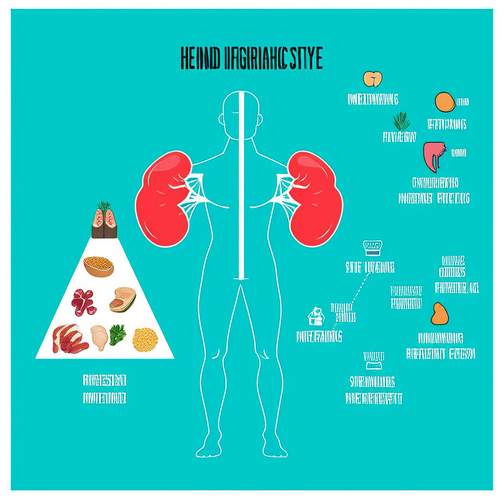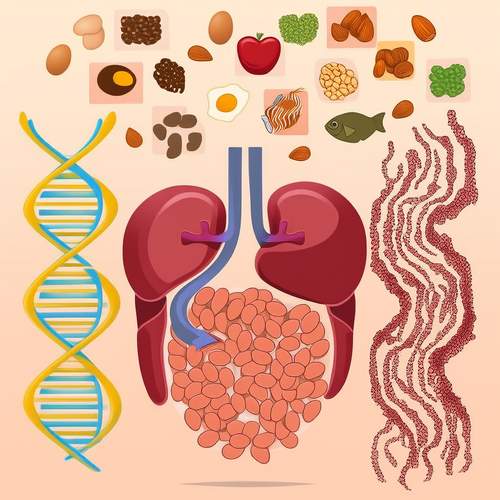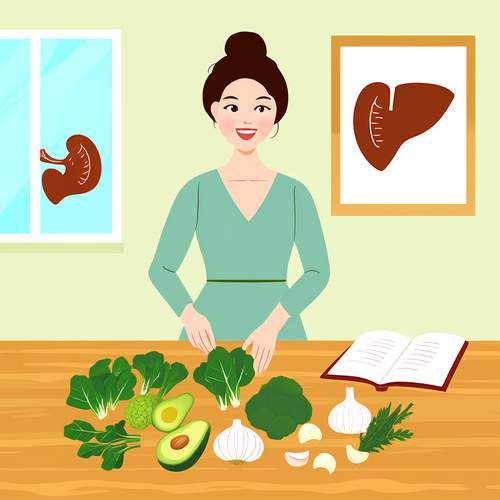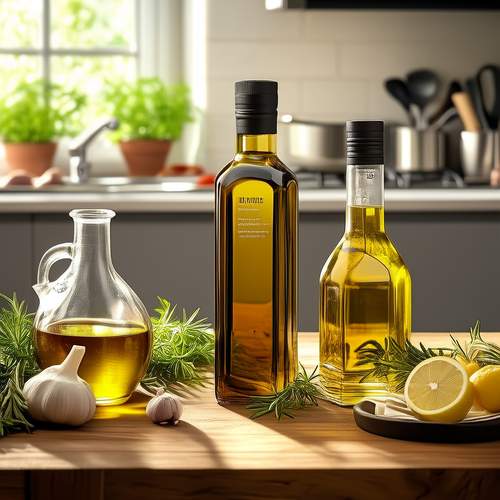The world of cooking oils is vast and complex, with each variety offering distinct characteristics that influence how we use them in the kitchen. One of the most critical yet often overlooked properties of cooking fats is their smoke point—the temperature at which an oil begins to break down, producing smoke and releasing harmful compounds. Understanding smoke points isn’t just about avoiding a smoky kitchen; it’s about making informed choices that impact both flavor and health.
When an oil reaches its smoke point, the molecular structure begins to degrade. This process generates free radicals and acrolein, a compound responsible for that acrid, burnt smell. Not only does this ruin the taste of your dish, but prolonged exposure to these byproducts may have negative health implications. For this reason, selecting an oil with an appropriate smoke point for your cooking method is essential. High-heat techniques like frying or searing demand oils that can withstand intense temperatures without breaking down.
Refined oils typically have higher smoke points than their unrefined counterparts. Take avocado oil, for example. In its refined state, it can handle heat up to 520°F (270°C), making it ideal for deep-frying. Unrefined avocado oil, while richer in flavor and nutrients, smokes at a much lower temperature, around 375°F (190°C). The refining process strips away impurities and free fatty acids that contribute to lower smoke points, but it also removes some of the oil’s natural character. This trade-off between stability and flavor is a constant consideration for chefs and home cooks alike.
Olive oil presents another interesting case. Extra virgin olive oil, prized for its robust flavor and health benefits, has a relatively low smoke point—around 375°F (190°C). This makes it unsuitable for high-heat cooking but perfect for dressings, low-temperature sautéing, or finishing dishes. Light olive oil, which undergoes more processing, can reach higher temperatures but sacrifices some of the depth found in extra virgin varieties. The key is matching the oil’s properties to its intended use rather than assuming one type fits all applications.
Seed oils like sunflower, safflower, and peanut oil often occupy the middle ground. They’re versatile enough for everyday frying and baking, with smoke points ranging from 440°F to 450°F (225°C to 230°C). However, not all seed oils are created equal. High-oleic versions, bred to contain more monounsaturated fats, offer greater stability and higher smoke points than traditional varieties. This nuance highlights how agricultural practices and oil processing methods continually reshape our understanding of cooking fats.
Perhaps the most misunderstood oil in terms of smoke point is butter. Pure butter smokes at a low 350°F (175°C), but clarified butter—with its milk solids removed—can withstand temperatures up to 485°F (250°C). This transformation explains why clarified butter is a staple in cuisines that value high-heat cooking, such as Indian and French. The process of clarification isn’t just about increasing smoke point; it also concentrates flavor, demonstrating how culinary techniques can modify fat properties to suit specific needs.
Smoke points aren’t static. They can degrade over time as oils oxidize, which is why proper storage matters. Keeping oils in dark, cool places and replacing them regularly ensures they perform as expected. Additionally, reusing oil for multiple frying sessions gradually lowers its smoke point while accumulating unwanted flavors. Recognizing when to retire cooking oil is as important as selecting the right type initially.
The science of smoke points intersects with cultural cooking traditions in fascinating ways. In Asian cuisines, oils like peanut and sesame are chosen not just for their heat tolerance but for how their flavors complement regional dishes. Meanwhile, Mediterranean cooking leverages olive oil’s lower smoke point to create layered flavors through controlled heating. These traditions remind us that cooking fats are more than just heat conductors—they’re ingredients that carry history and identity.
Modern nutritional research adds another layer to the smoke point conversation. While stability at high temperatures matters, so does the oil’s fatty acid composition. Oils high in polyunsaturated fats, such as soybean or corn oil, may produce more harmful compounds when overheated compared to those rich in monounsaturated or saturated fats. This complexity means that choosing a cooking oil involves balancing smoke point, health considerations, and culinary requirements—a decision that varies by individual needs and preferences.
As cooking techniques evolve and new oil varieties emerge, the discussion around smoke points continues to develop. What remains constant is the importance of understanding this fundamental property. Whether you’re a professional chef or a home cook, respecting an oil’s smoke point leads to better tasting, healthier meals. It’s not merely a technical detail but a cornerstone of thoughtful cooking that bridges science, tradition, and personal taste.

By /May 21, 2025

By /May 21, 2025

By /May 21, 2025

By /May 21, 2025

By /May 21, 2025

By /May 21, 2025

By /May 21, 2025

By /May 21, 2025

By /May 21, 2025

By /May 21, 2025

By /May 21, 2025

By /May 21, 2025

By /May 21, 2025

By /May 21, 2025

By /May 21, 2025

By /May 21, 2025

By /May 21, 2025

By /May 21, 2025

By /May 21, 2025

By /May 21, 2025